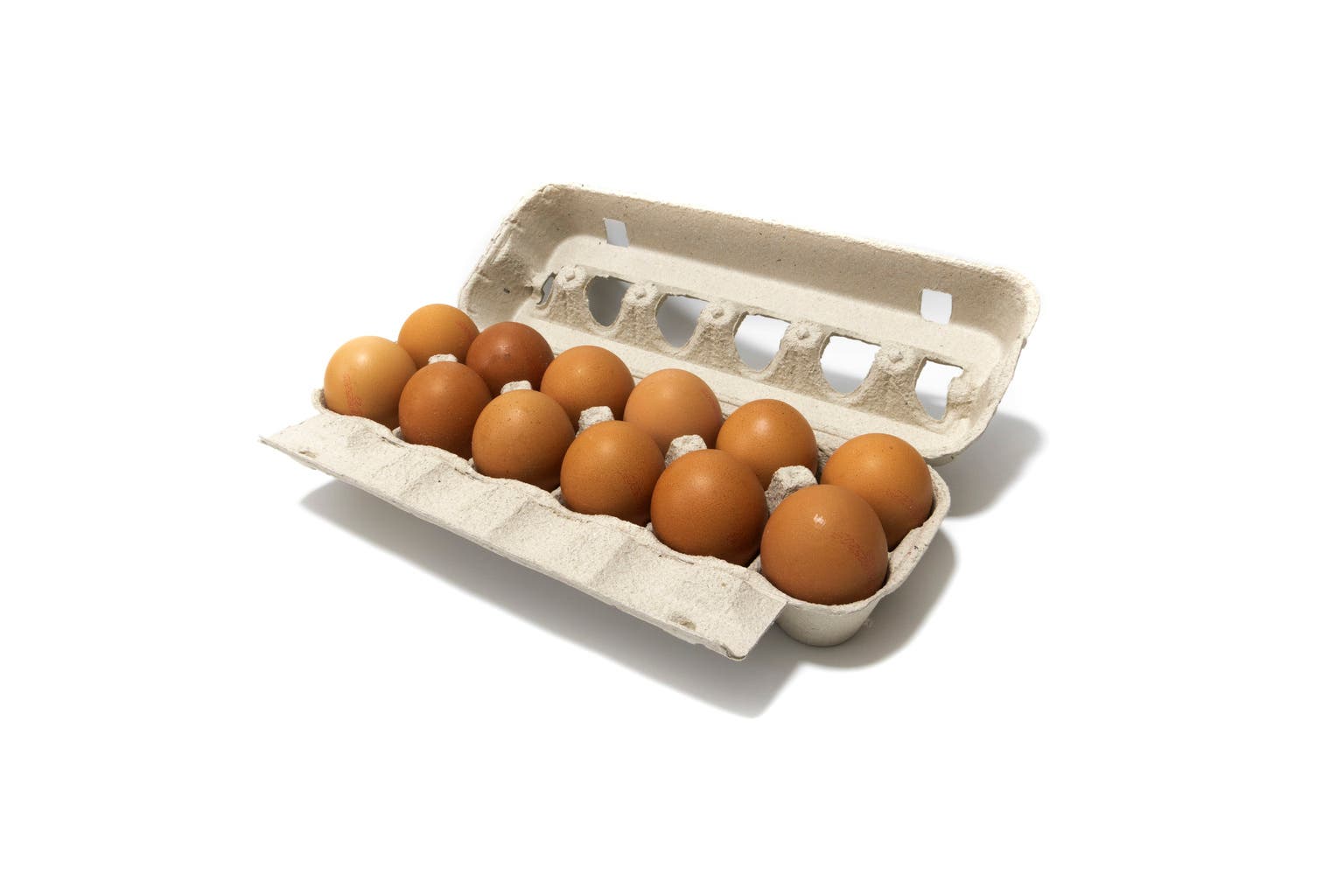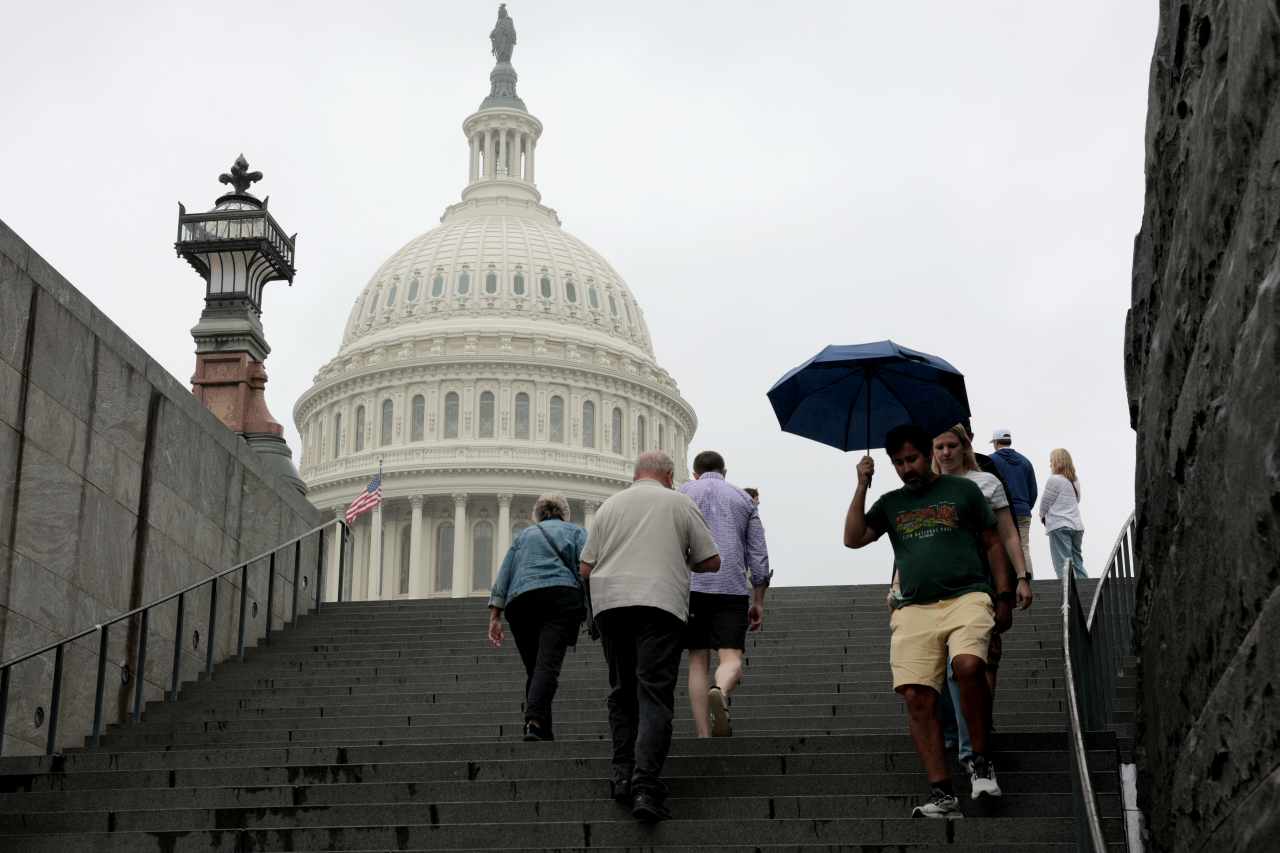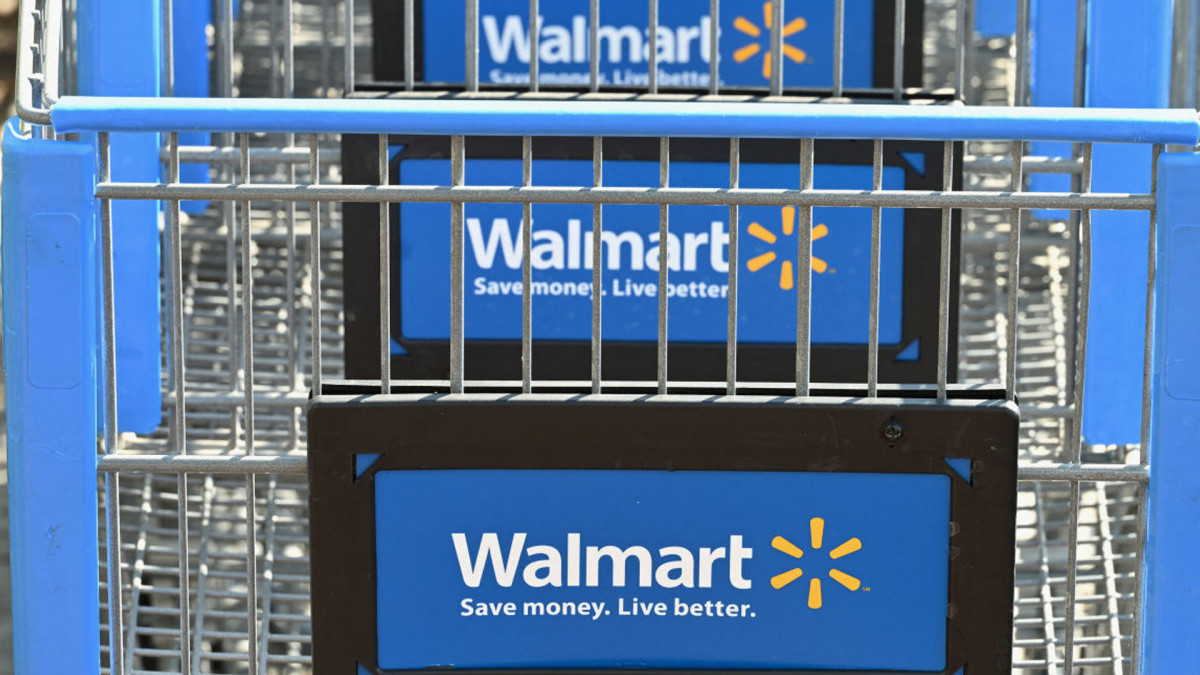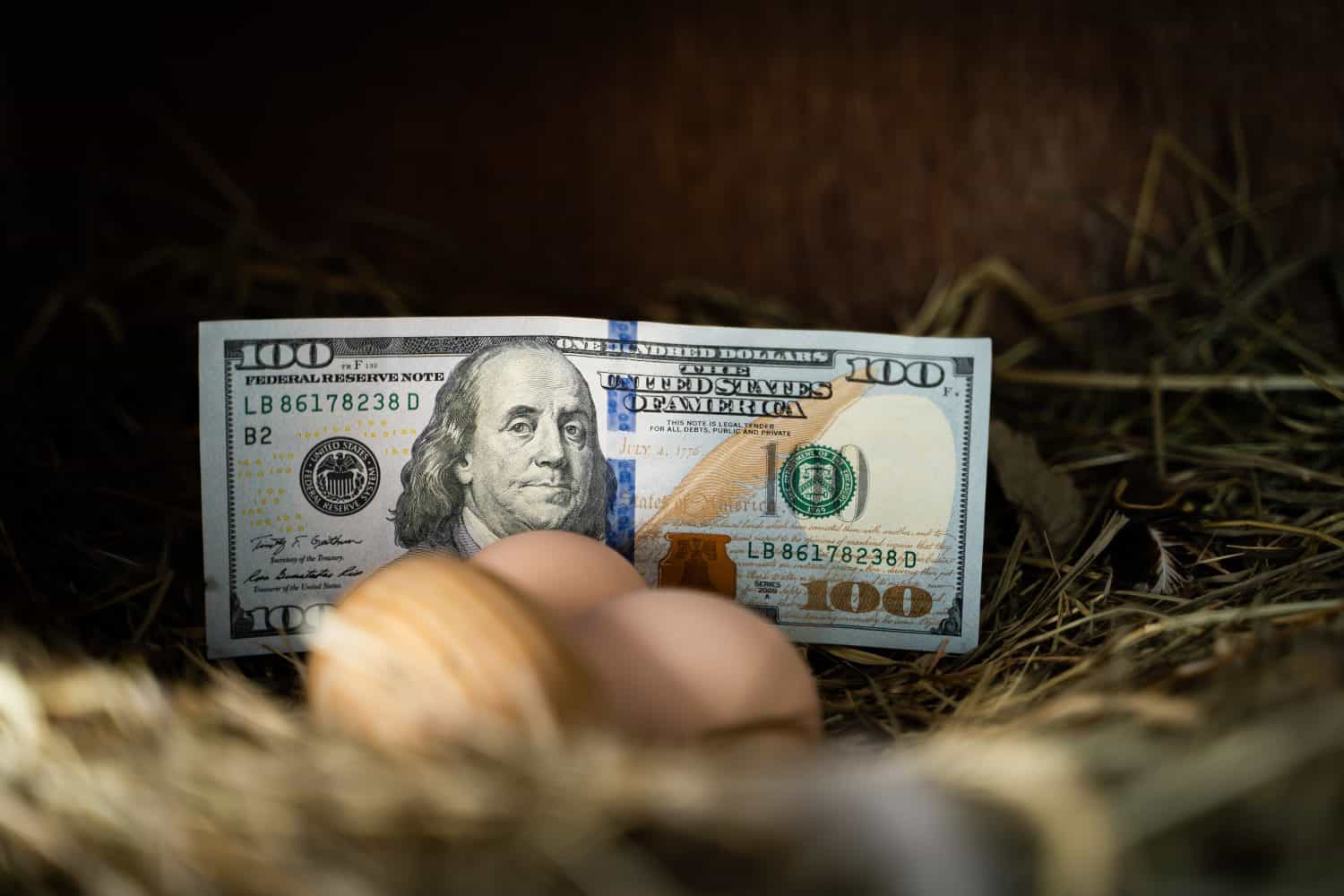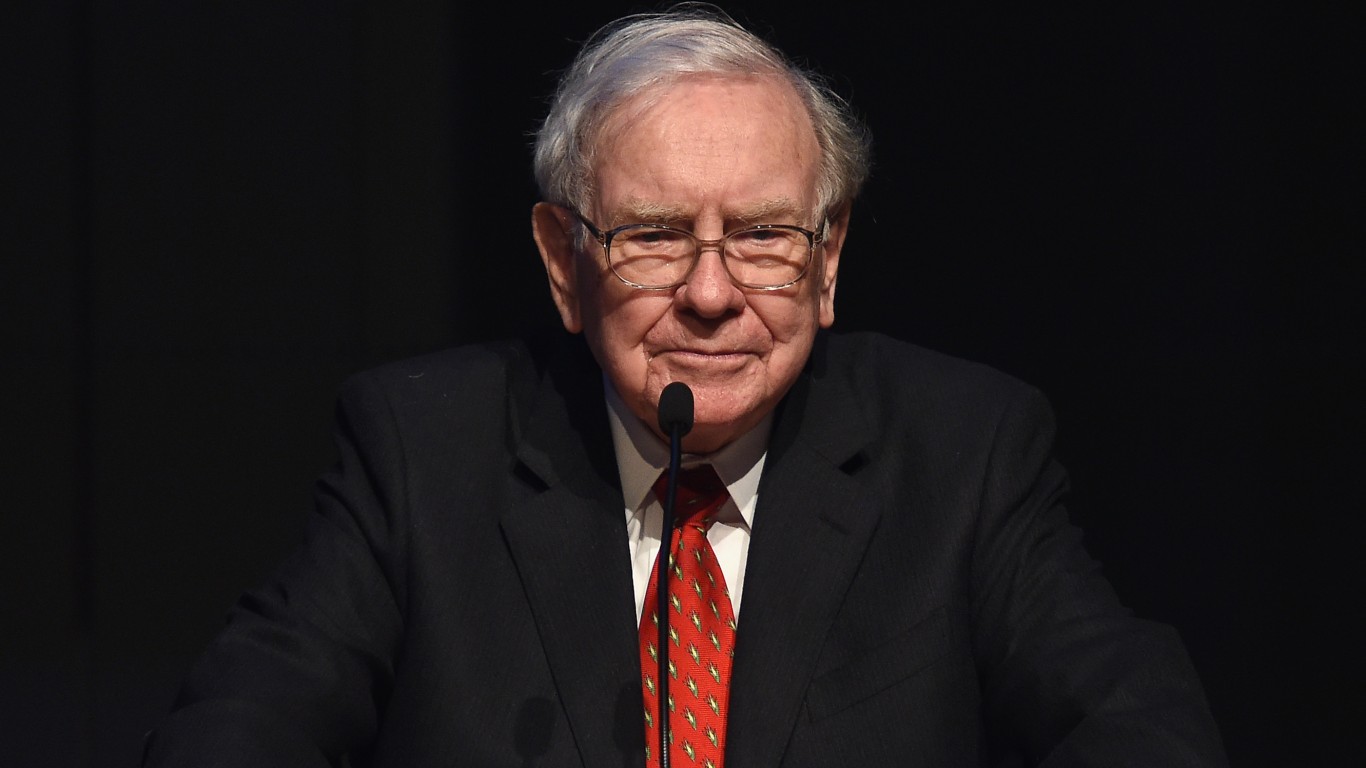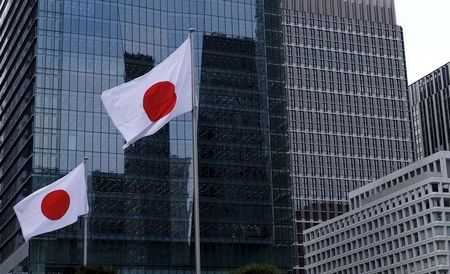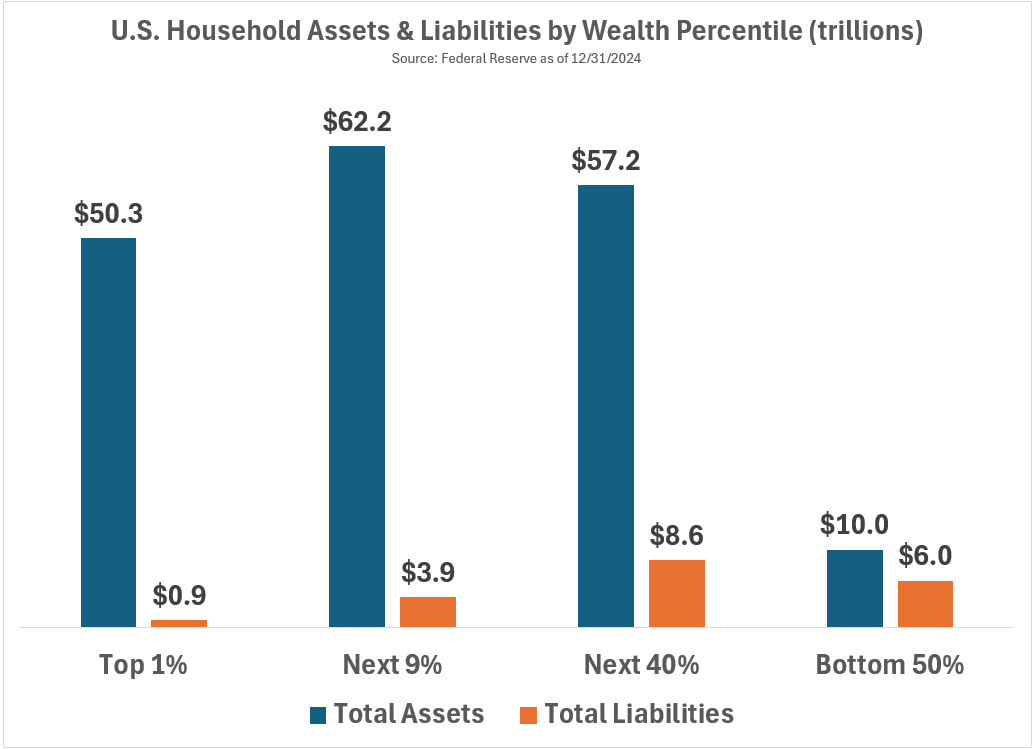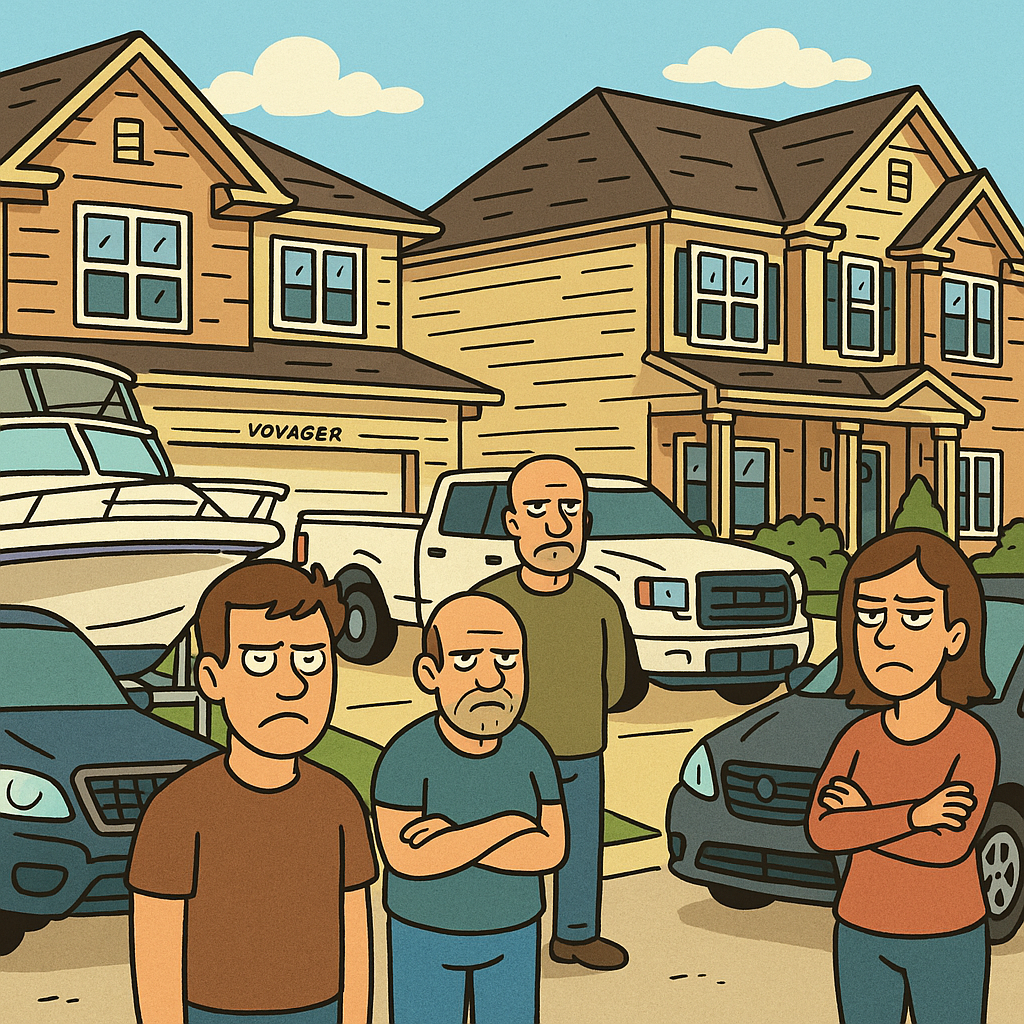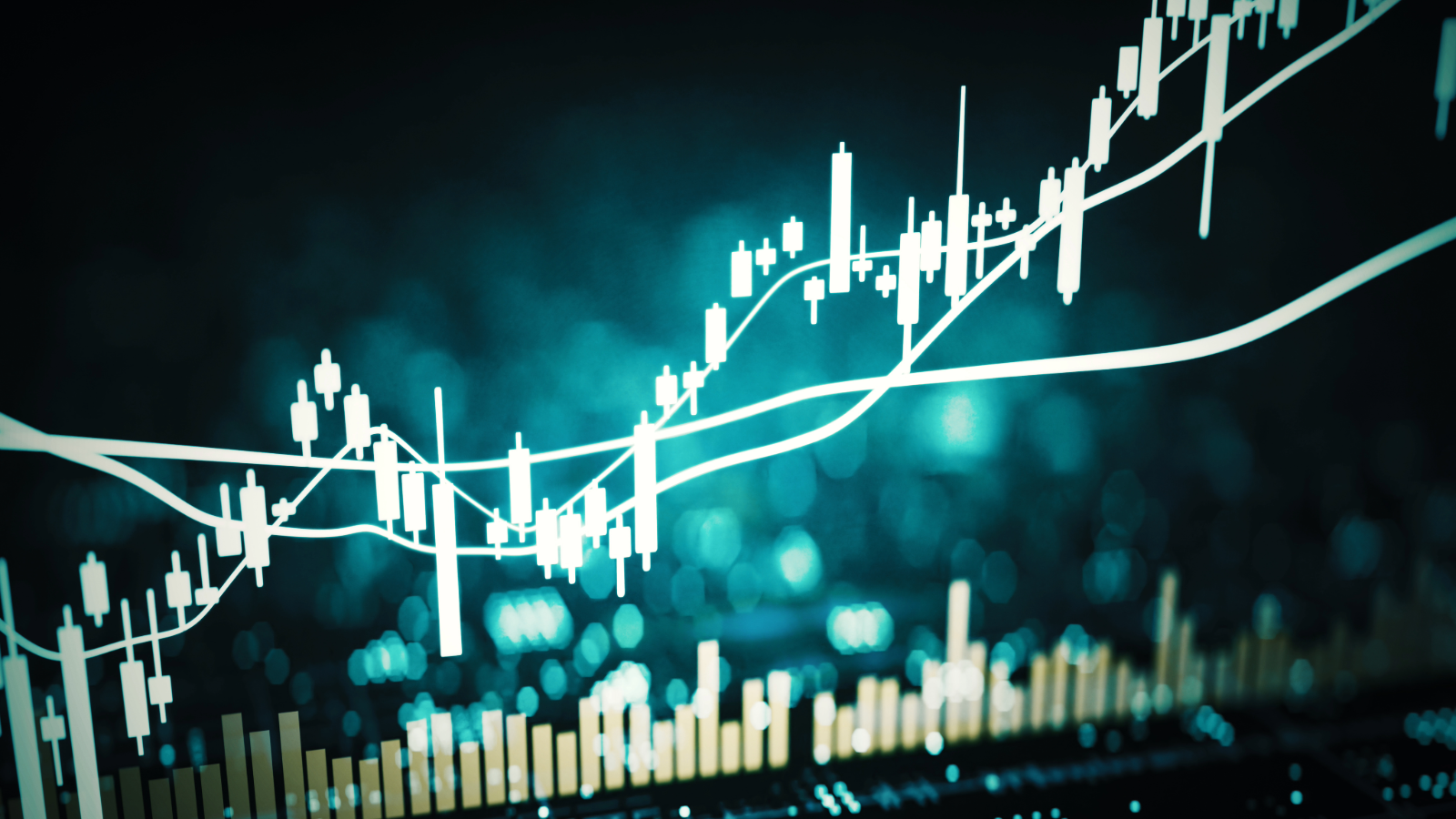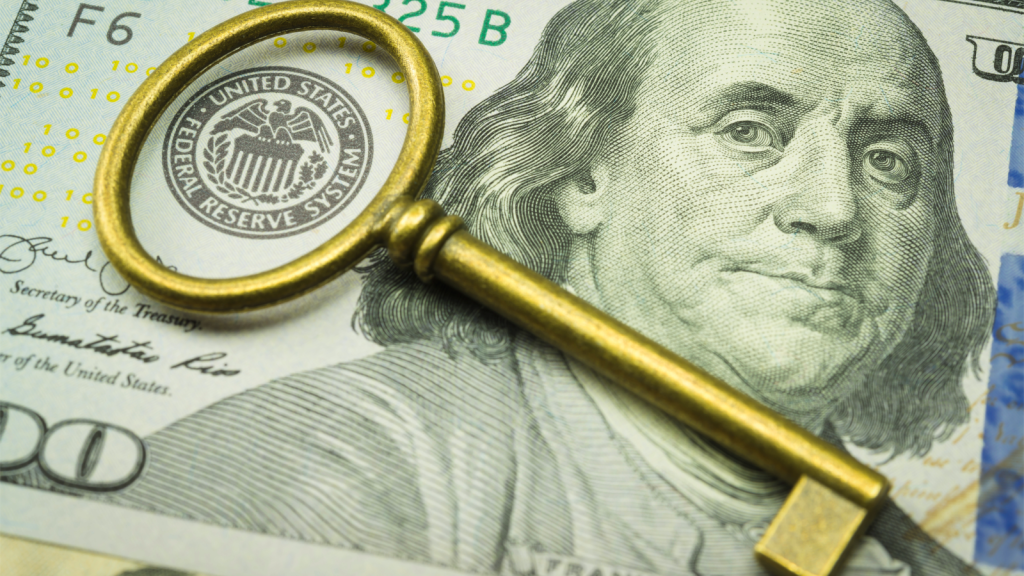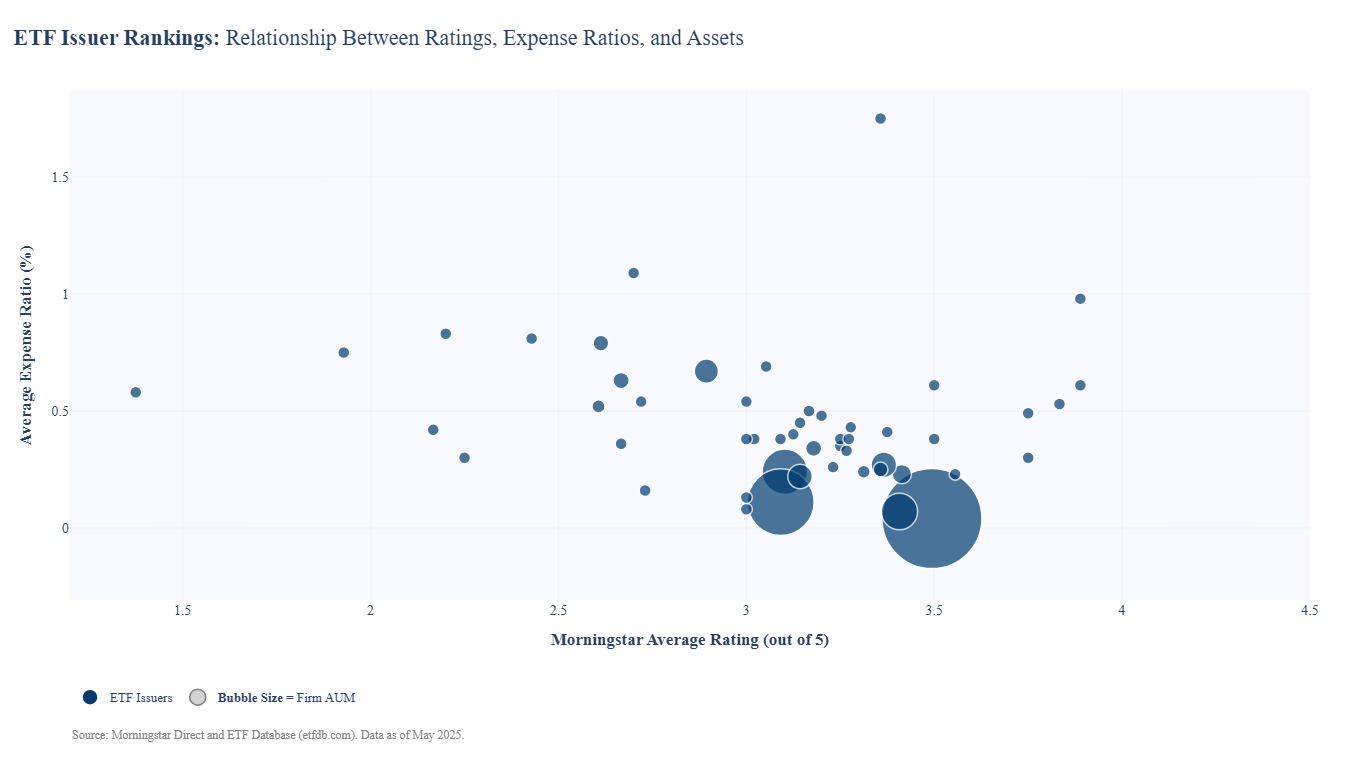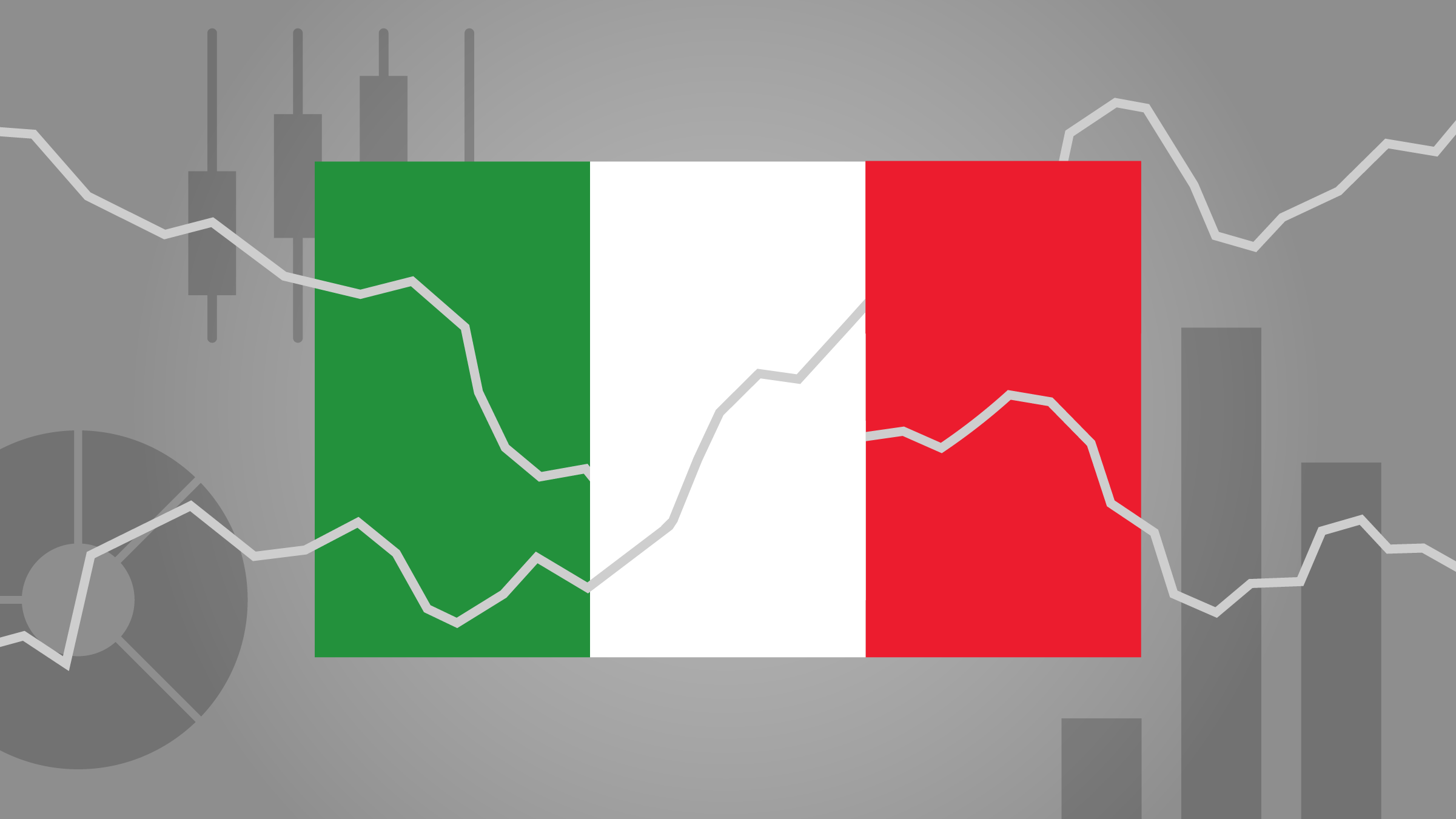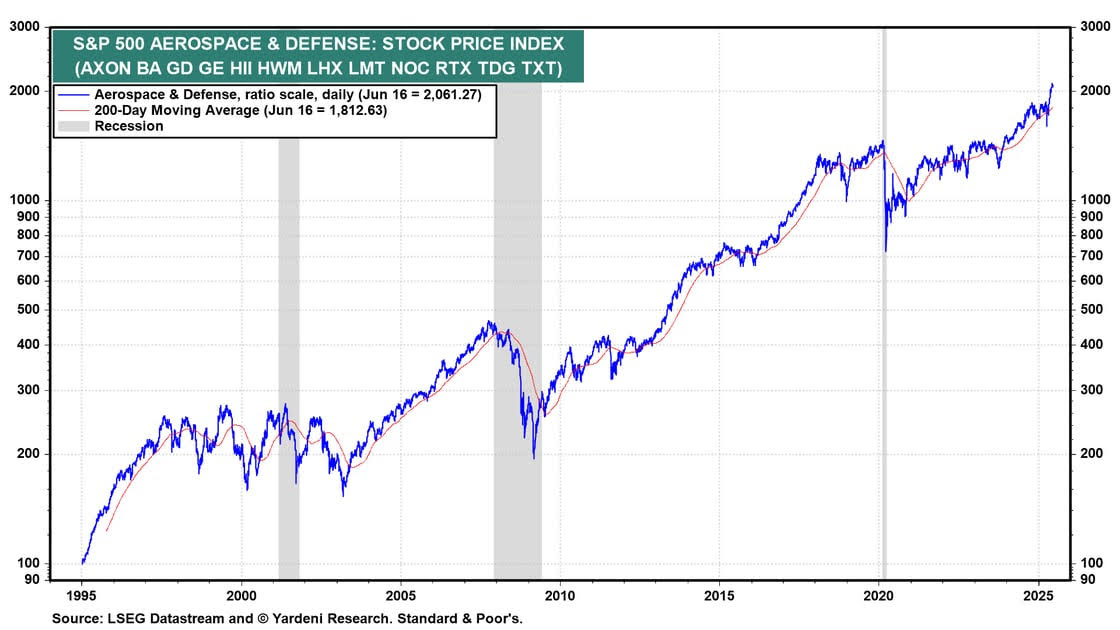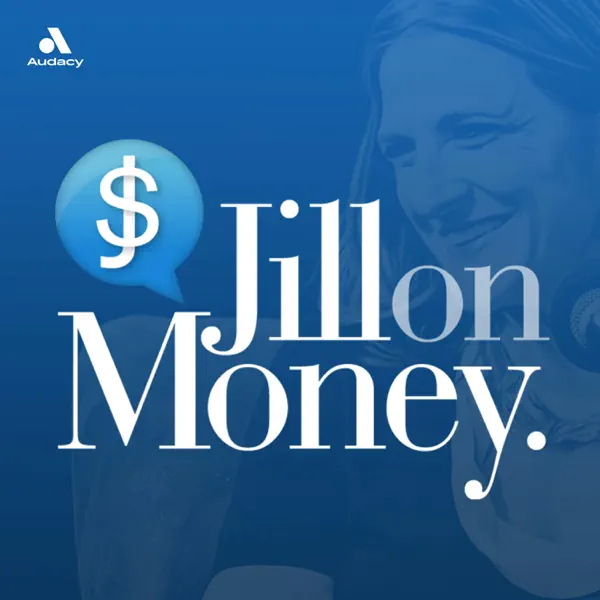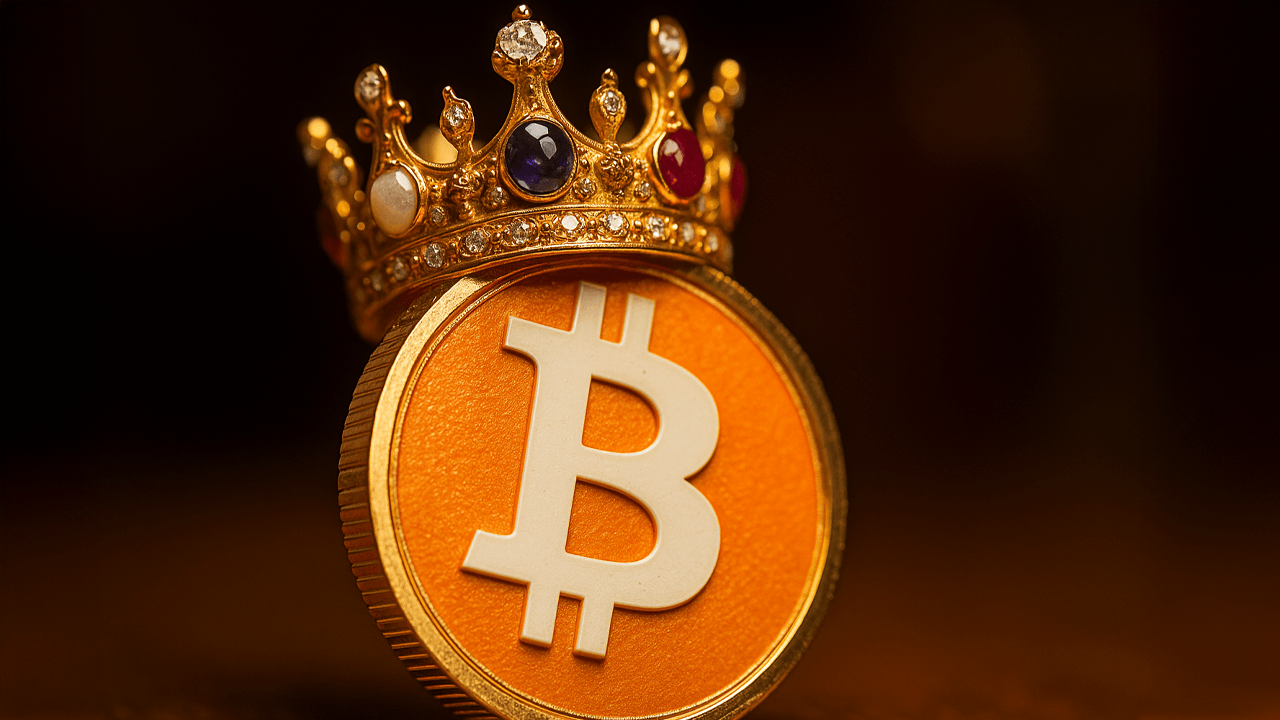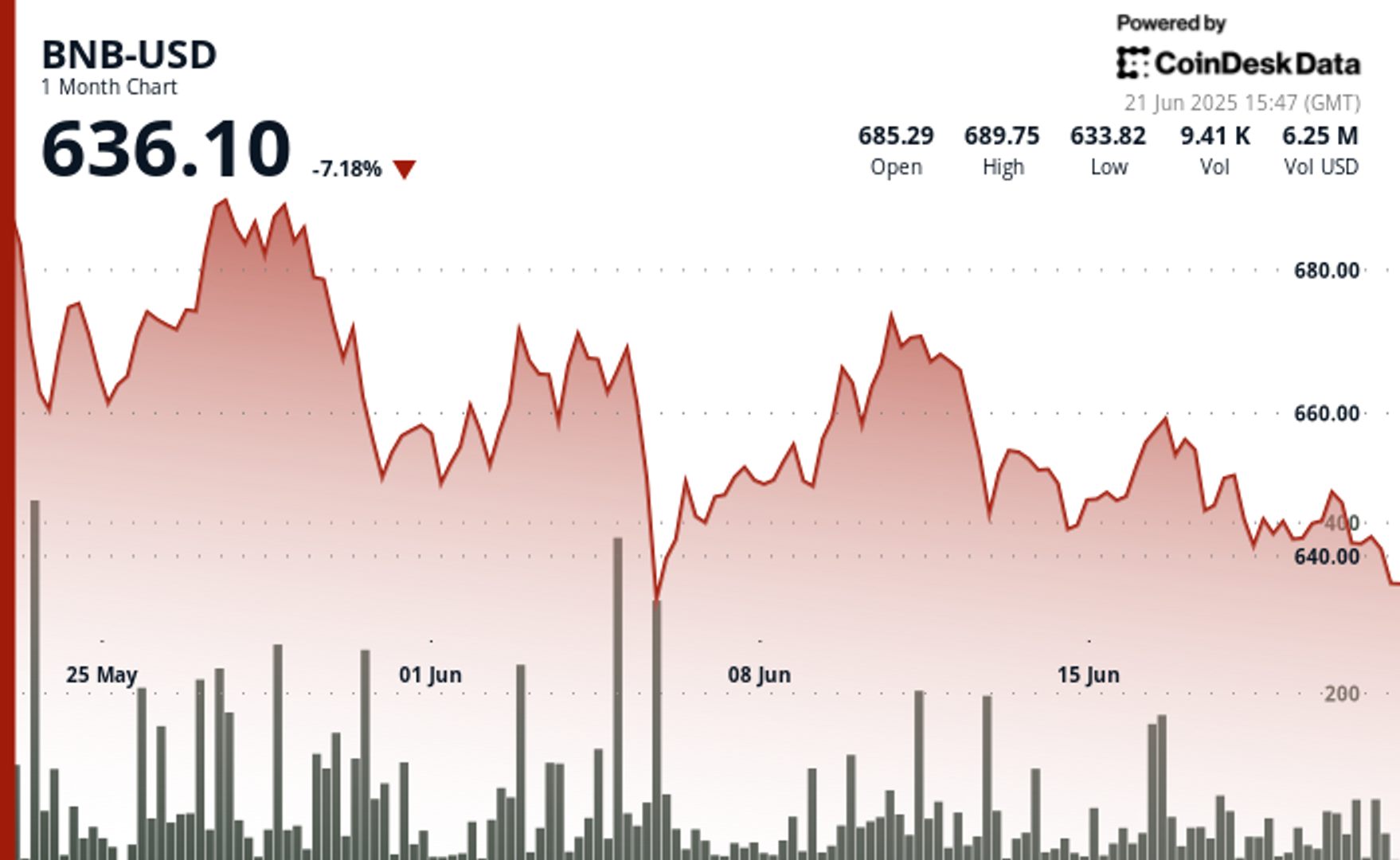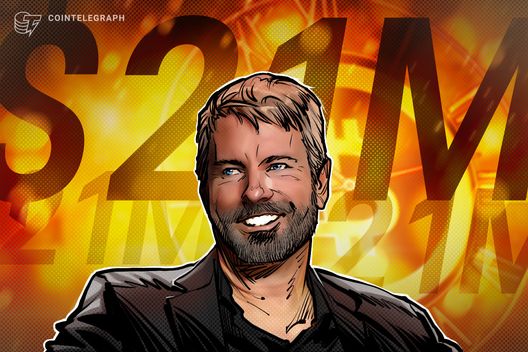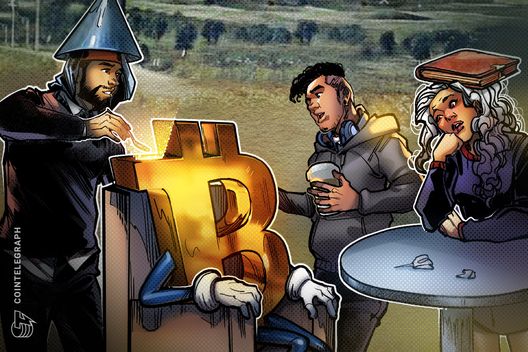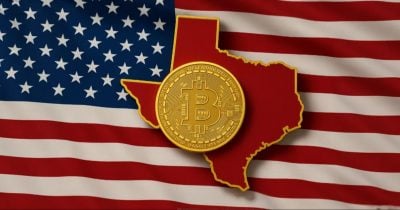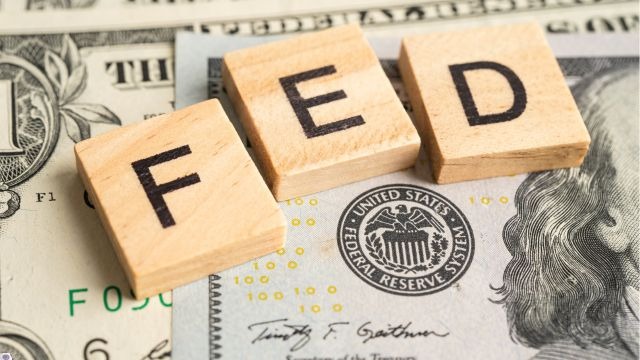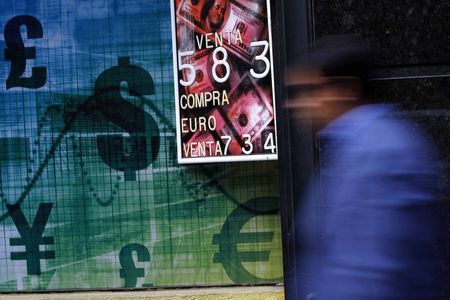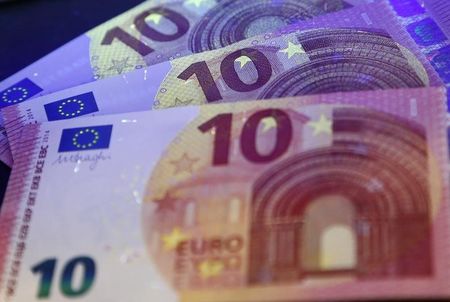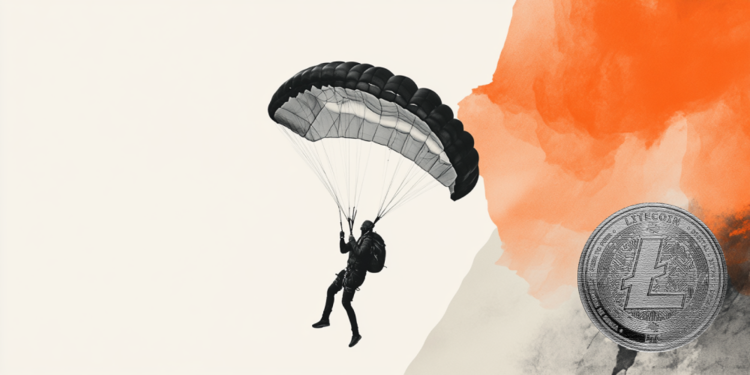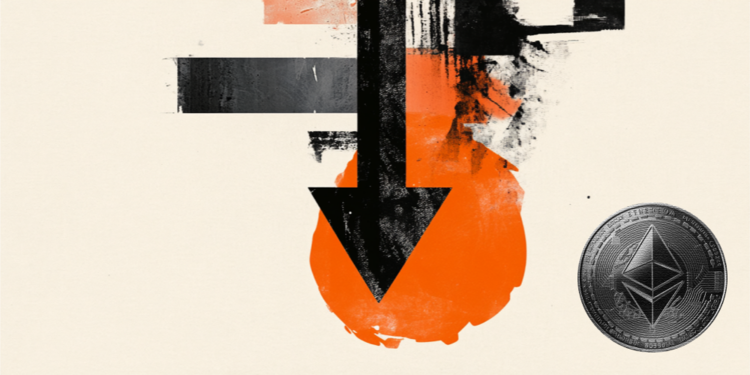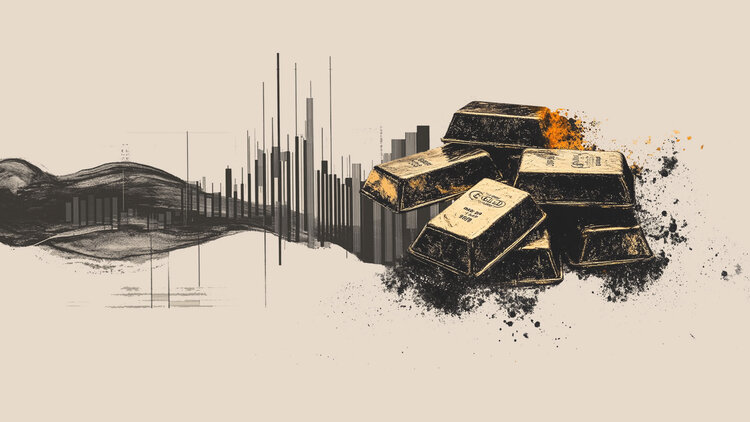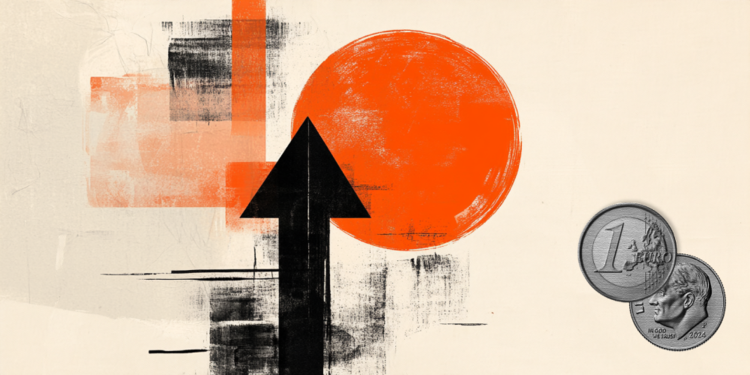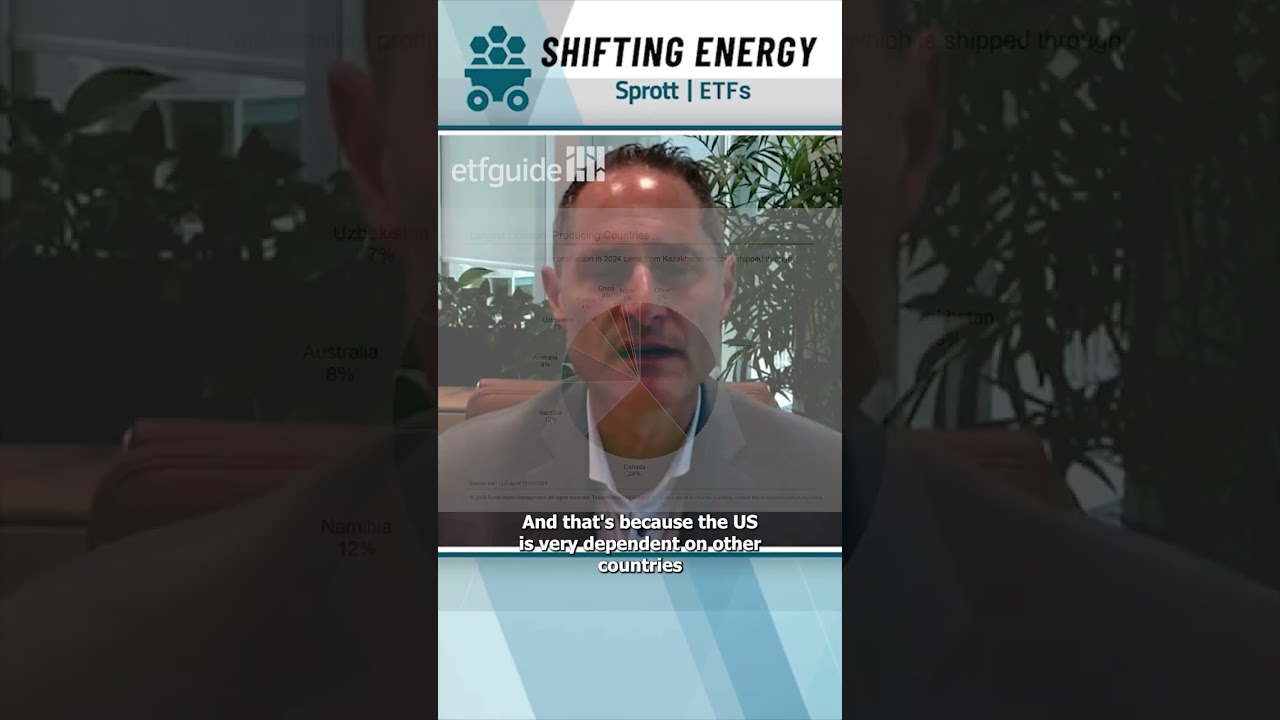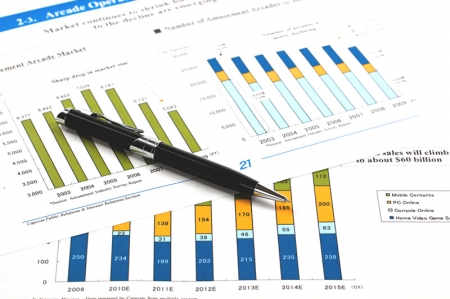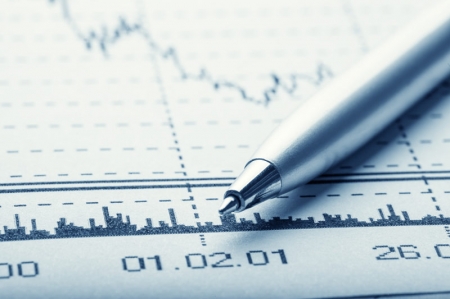Bad ‘vibes’ may be having a bigger impact on the economy now
While consumer sentiment recovered a bit after Trump postponed his highest tariff rates, it's still 20% below December 2024 levels.

- There has been a disconnect in recent years between the so-called soft economic data and the hard data as weak readings on consumer confidence didn’t always translate to lower payrolls or GDP. But that may be changing as key buffers that propped up spending are disappearing, according to NerdWallet senior economist Elizabeth Renter.
Americans used to say one thing about their feelings on the economy and do something else with their actual dollars. But that may be changing.
The disconnect between weak readings on consumer confidence versus solid employment, income and GDP data was previously described as a “vibecession” by economist Kyla Scanlon, who first used the term in her 2022 Substack post.
The last vibecession hit as inflation was at the highest levels in more than 40 years, while an aggressive rate-hiking campaign from the Federal Reserve spiked borrowing costs, making auto loans and mortgages more expensive.
But consumers continued to spend as the labor market remained robust. And aside from a brief dip in GDP, the economy avoided a recession. Confidence surveys also increasingly reflected partisan differences more than the actual economy.
Fast forward to 2025. Consumer sentiment collapsed after President Donald Trump launched his trade war, and GDP shrank again, skewed by a rush to buy imported goods ahead of higher tariffs. Still, payrolls have held up, and inflation hasn’t been as affected by tariffs as feared.
But while sentiment recovered a bit after Trump postponed his highest tariff rates, it’s still 20% below December 2024 levels.
“Despite this month’s notable improvement, consumers remain guarded and concerned about the trajectory of the economy,” the most recent University of Michigan survey said.
At the same time, the Trump administration is slashing spending and jobs, with ripple effects reaching contractors and even certain real estate markets.
Businesses that are uncertain about the economy and the direction of tariffs have slowed hiring. Student-loan delinquencies are up, and AI is eliminating many entry-level jobs that once went to newly minted college graduates. Then there’s oil prices, which have jumped since Israel launched airstrikes on Iran.
The cumulative effect is taking a toll.
“I don’t think the U.S. consumer has grown numb or blind to the headlines and economic risk—over the past month we’ve seen some sentiment scores rise slightly, but we have to think about where they were rising from,” Elizabeth Renter, senior economist at NerdWallet, said in a note on Friday. “A little bit better doesn’t necessarily mean good, even if it might mean hopeful.”
As a result, it’s getting harder to dismiss the so-called soft data on the economy and focus instead on the hard data.
That’s as Fed Chairman Jerome Powell has said he and his fellow policymakers won’t act on rates until the hard data on unemployment and inflation gives them a clear reason to. But the soft stuff may be leaking into the hard stuff.
“Unlike a few years ago, the ‘vibes’ now stand to have a greater impact on behavior, and thus the health of the economy,” Renter wrote. “That’s because unlike a few years ago, people don’t have the luxury of easily stumbling into a better job or relying on excess savings and debt payment forbearances.”
In fact, household debt is rebounding to pre-pandemic levels and beyond, eroding the ability to absorb an unexpected expense or job loss, she added.
Bill Adams, chief economist at Comerica Bank, similarly drew a direct line between consumer sentiment and actual spending.
Digging into the May retail sales report, he noted that consumers didn’t just pull back on durable goods like electronics and cars, which fell after an earlier jump to get ahead of tariffs, they also reined in spending on daily expenses like groceries and restaurants.
Spending at building material and garden supply stores also saw big drops, suggesting less residential investment in home improvements.
“With declines visible in unrelated categories, it looks like weak consumer confidence was to blame for the pullback in consumer spending last month,” Adams wrote.
This story was originally featured on Fortune.com








